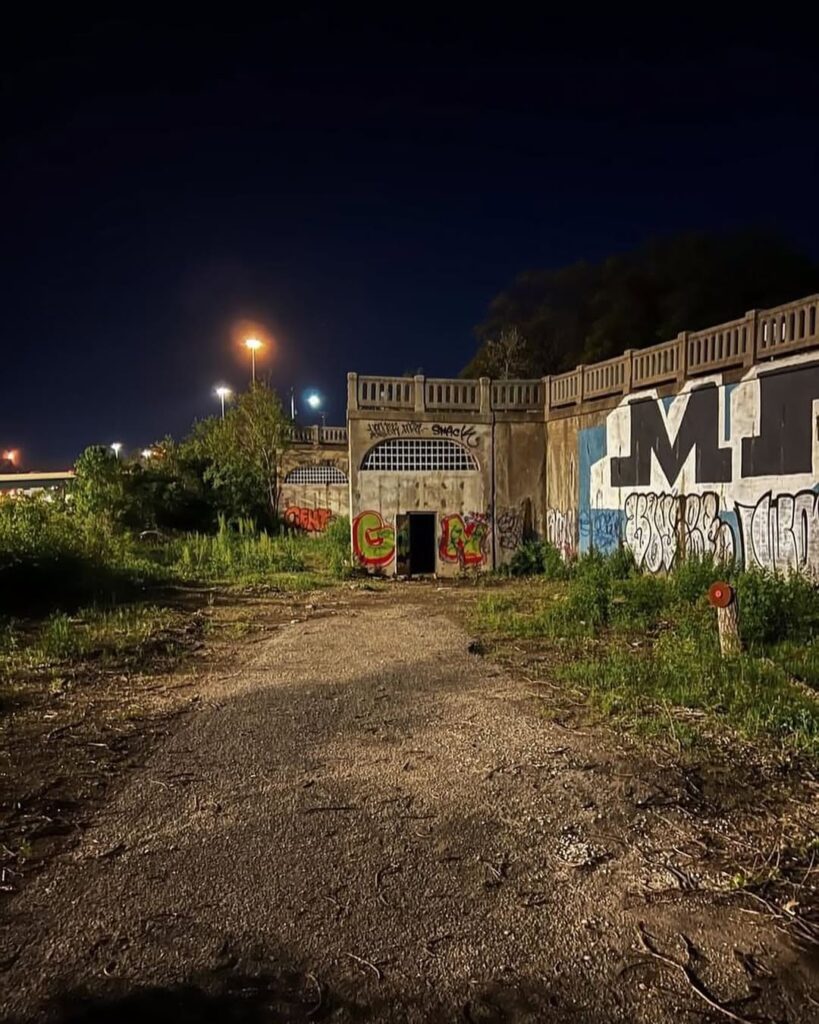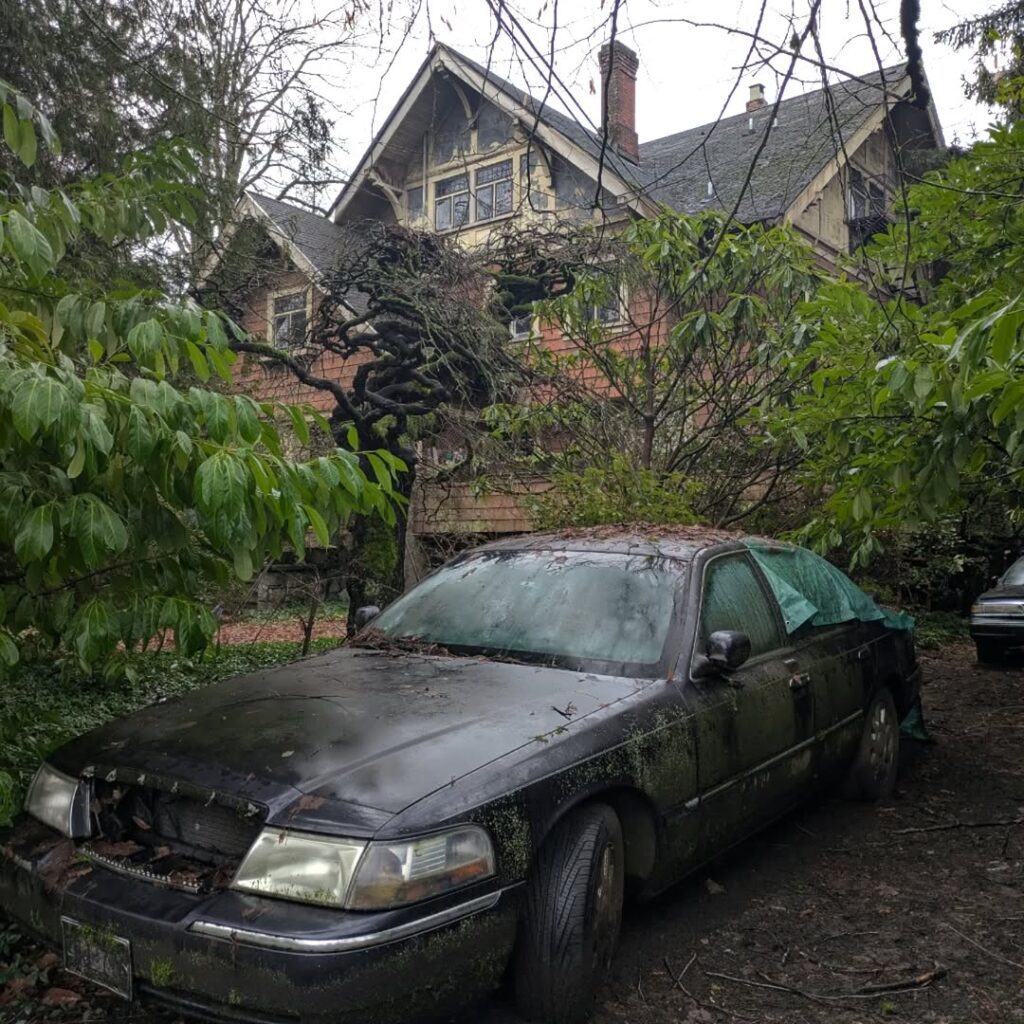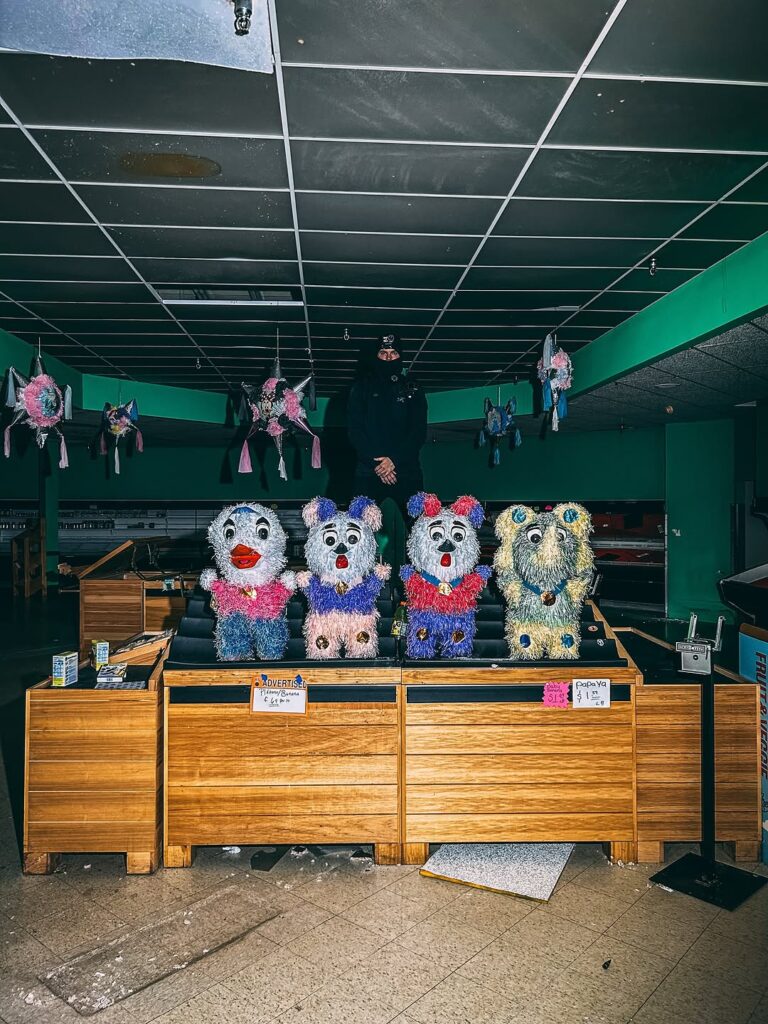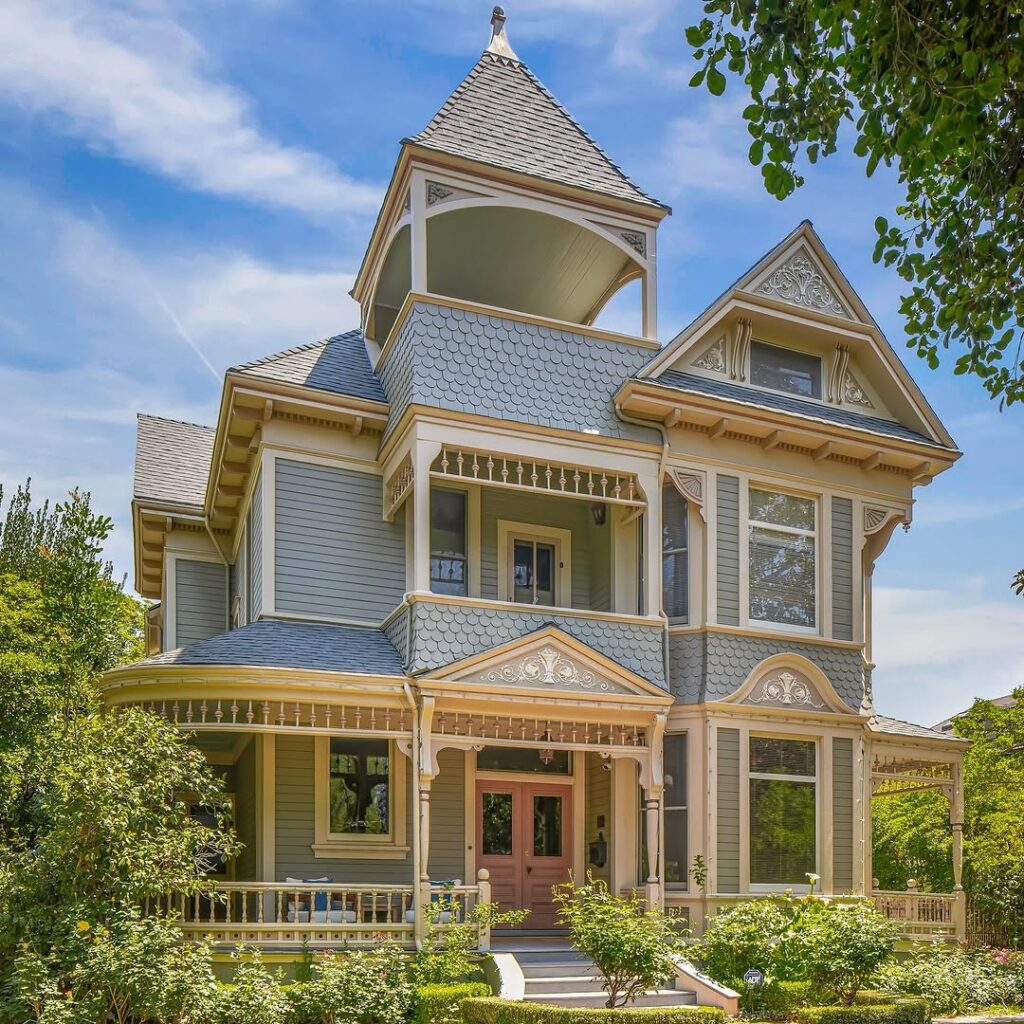Picture a sprawling mall, its once-bustling corridors now silent, escalators frozen, and storefronts shrouded in dust. Abandoned malls in Ohio, like Randall Park and Rolling Acres, stand as haunting relics of a bygone retail era. These crumbling cathedrals of commerce, once vibrant hubs of community and consumerism, now captivate urban explorers, photographers, and nostalgia seekers. From their rise in the 1970s to their decline in the internet age, these haunted places tell stories of economic shifts and cultural change. Join us as we delve into the eerie allure of Ohio’s abandoned malls, their histories, and how to explore them safely.
Table of Contents
ToggleThe Rise and Fall of Ohio’s Malls
Ohio, the birthplace of the modern shopping mall, saw a retail boom in the 1960s and 1970s. Malls like Randall Park and Rolling Acres were revolutionary, offering one-stop shopping with anchor stores, food courts, and theaters. Yet, by the 2000s, many became abandoned buildings, overtaken by online shopping and changing consumer habits.
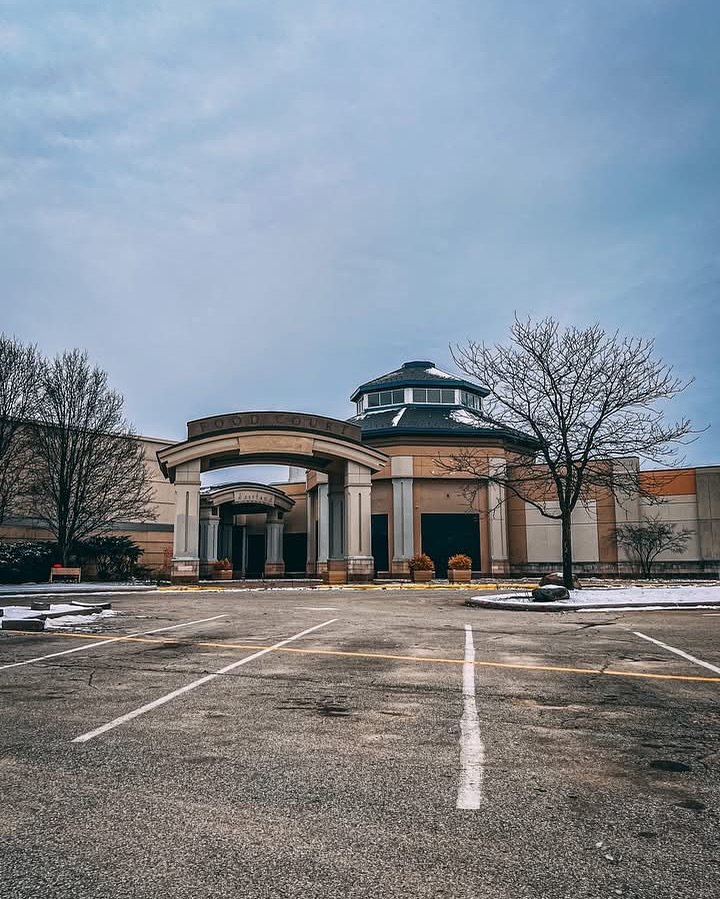
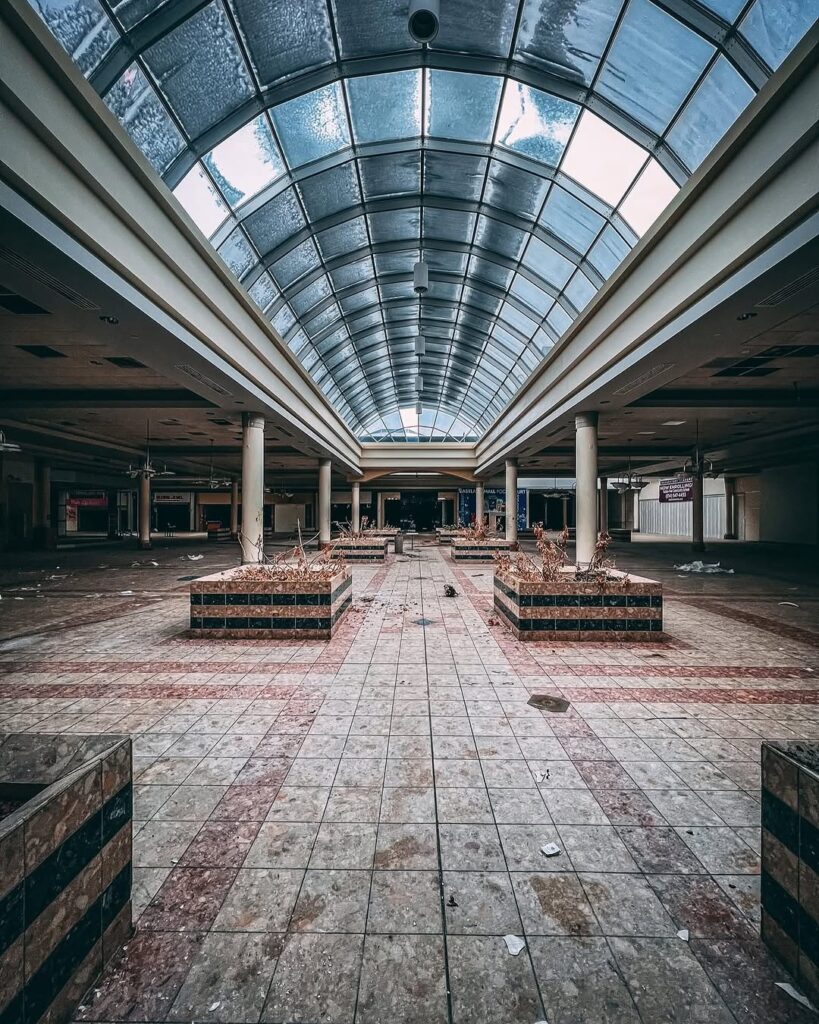
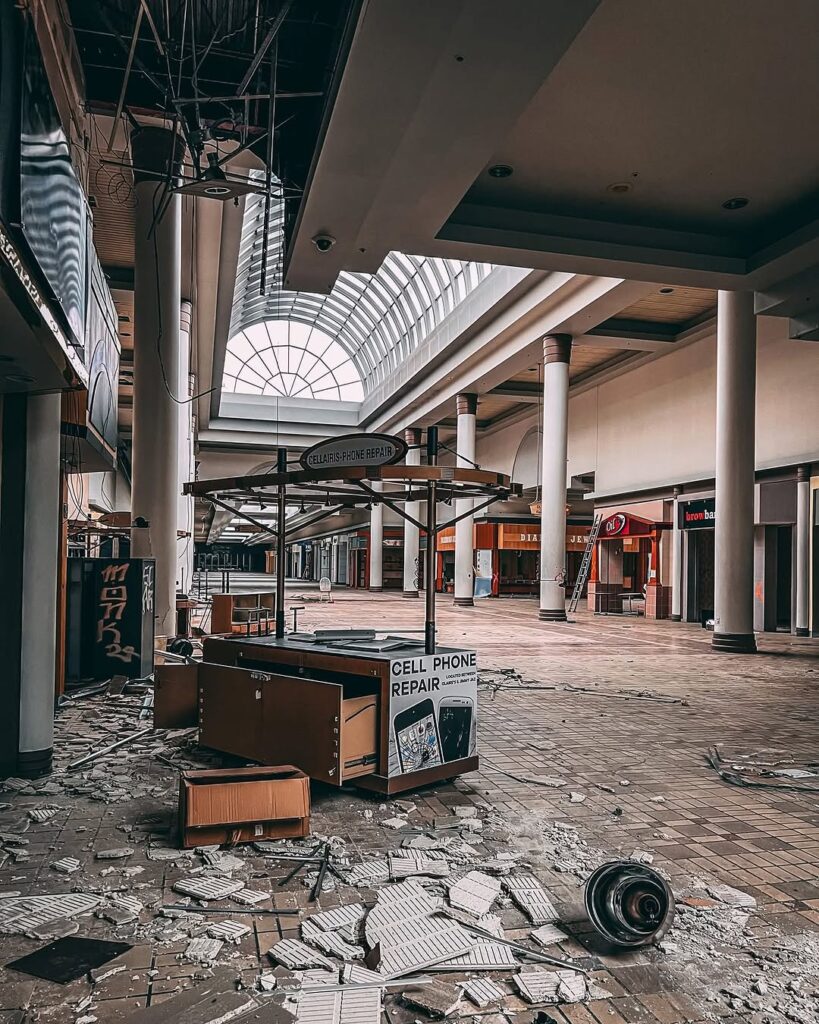


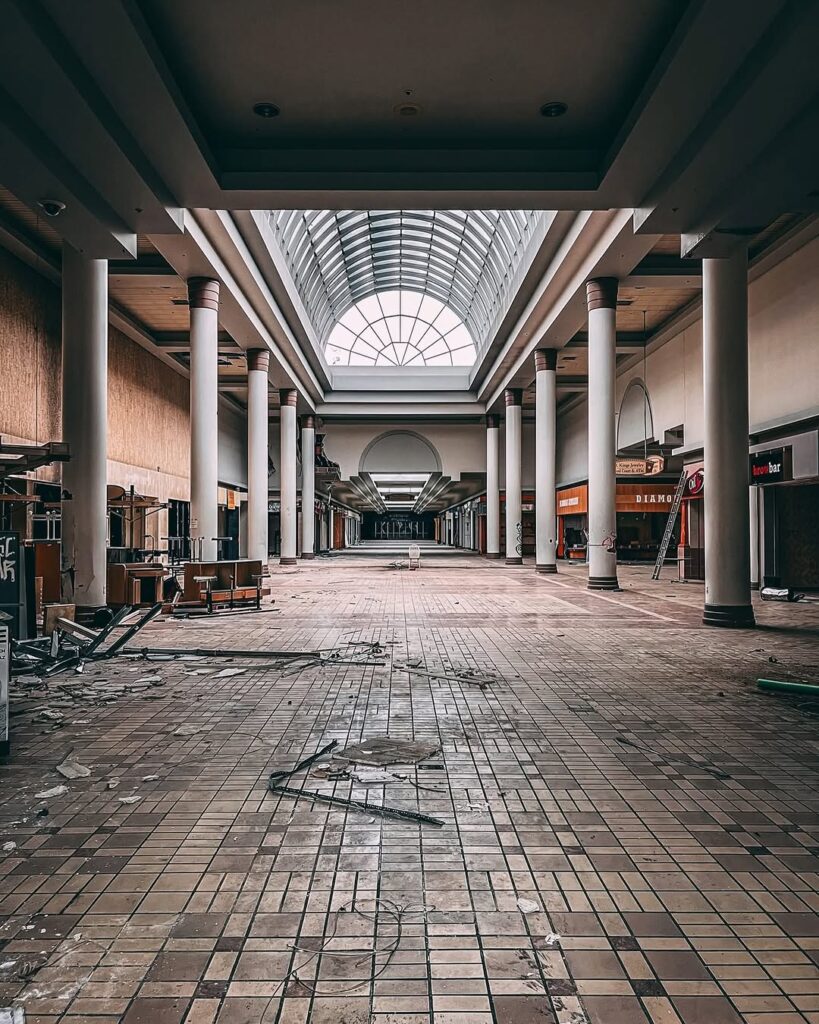
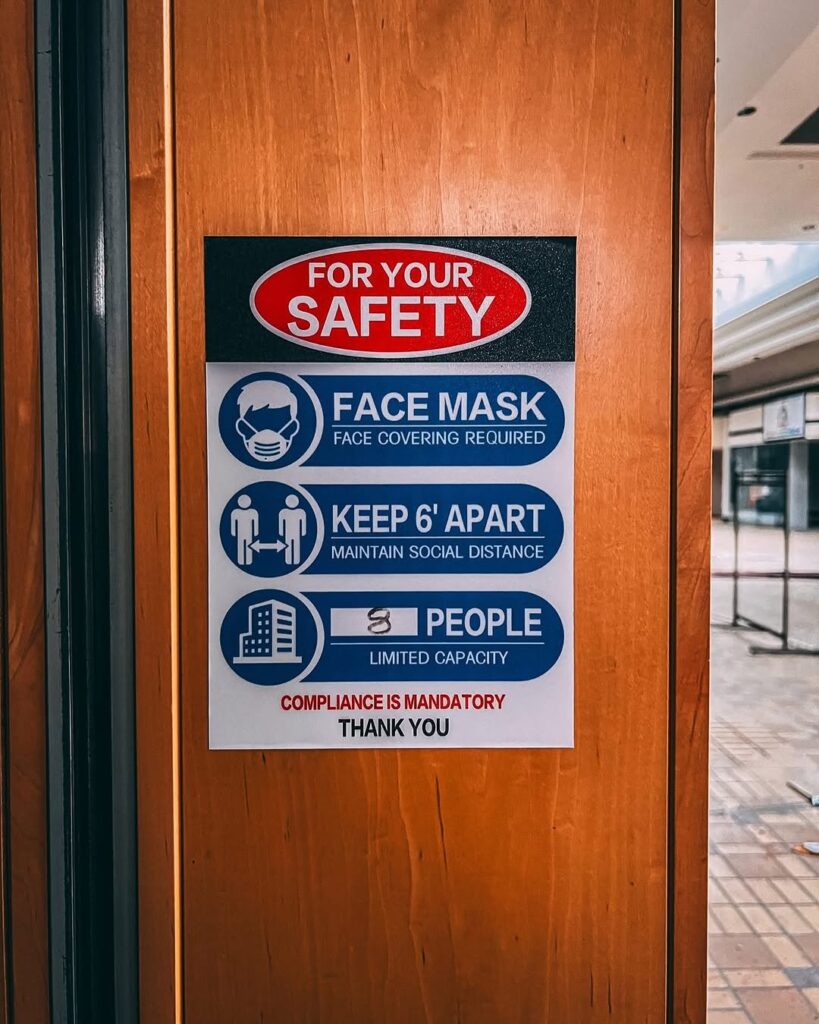
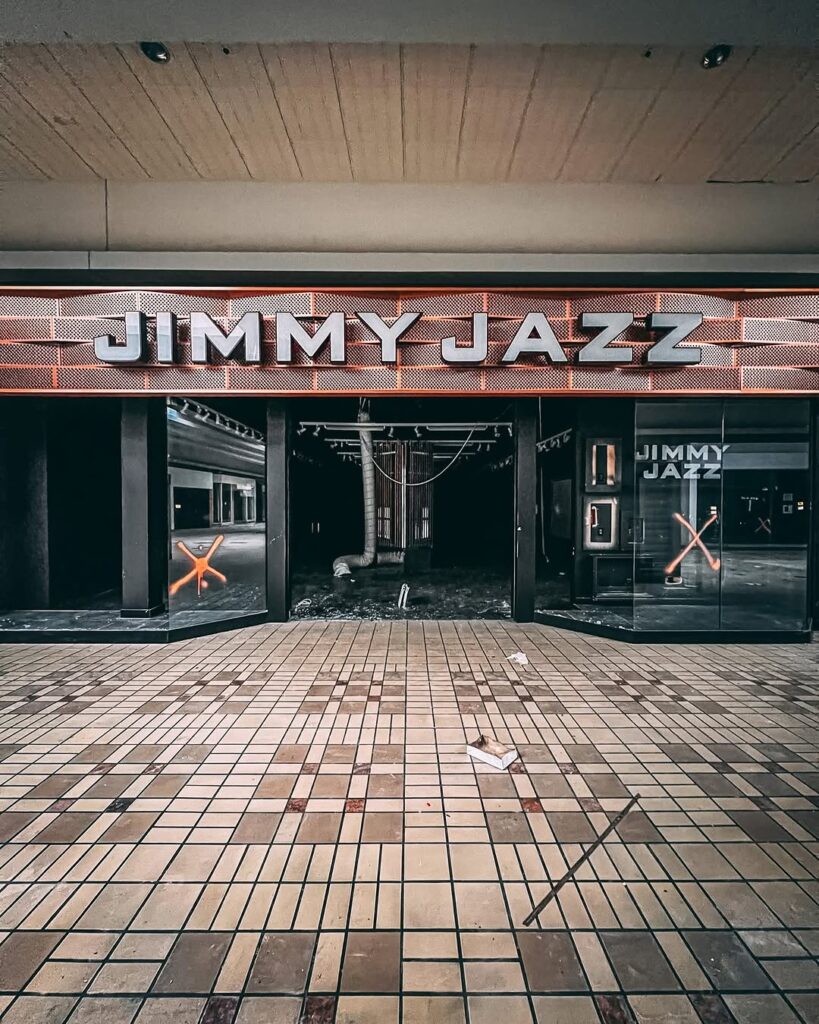
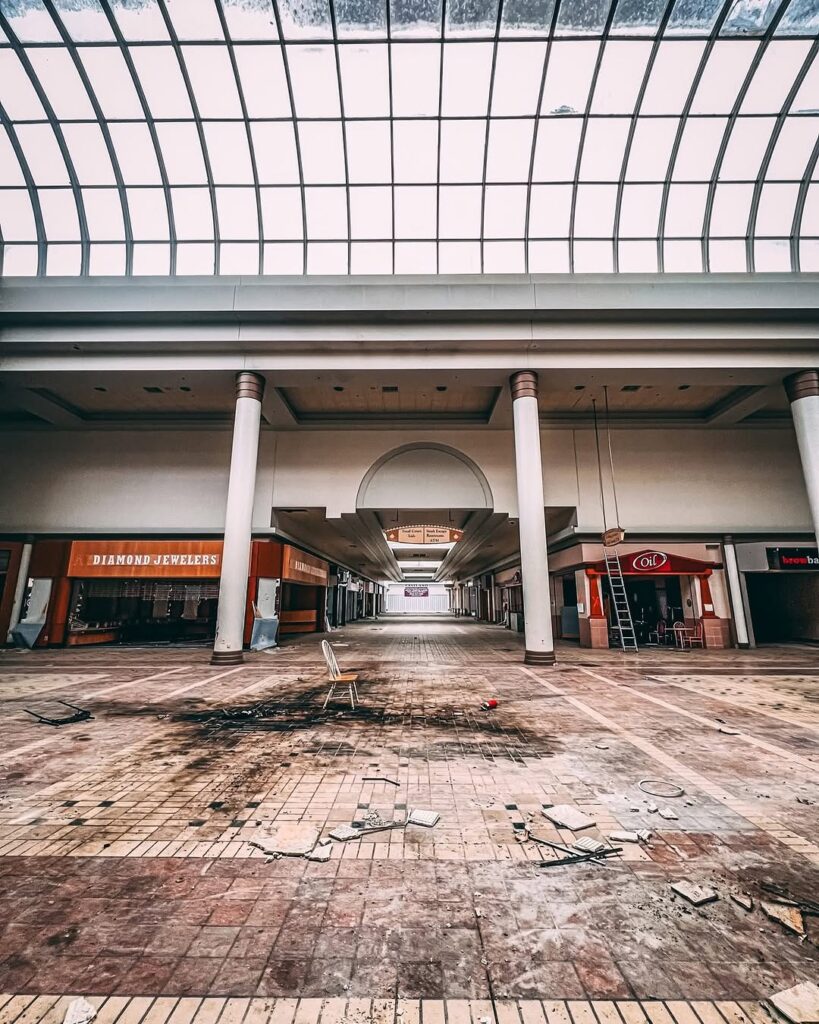

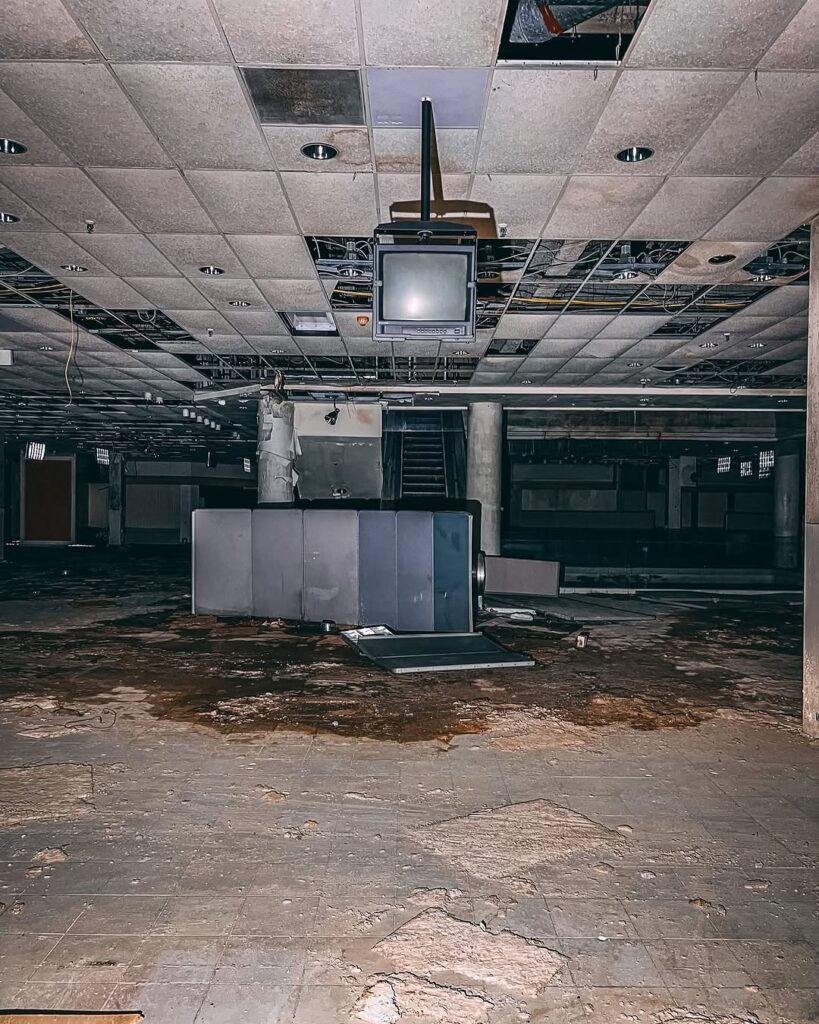
The Golden Age of Malls
In the 1970s, malls were cultural landmarks. Randall Park Mall, opened in 1976 in North Randall, was the largest in the world at the time, boasting 2.2 million square feet and 200 stores. Rolling Acres Mall in Akron, opened in 1975, featured 140 stores at its peak. These malls, built by developers like Edward J. DeBartolo Sr., thrived as social hubs where teens hung out, families shopped, and communities gathered.
The Decline of Retail Giants
By the 1990s, cracks appeared. The death of DeBartolo in 1994 marked a turning point for Randall Park, with declining tenancy and foot traffic. Rolling Acres faced similar woes, losing anchor stores like JCPenney and Sears. The rise of e-commerce, led by giants like Amazon, and competition from newer malls like Tuttle Crossing, drained customers. By 2009, both malls were largely abandoned, their corridors echoing with emptiness.
Why Were Ohio’s Malls Abandoned?
The abandonment of Ohio’s malls stems from a mix of economic, social, and structural factors. Each deserted mall tells a story of a changing world.
Economic Shifts
The decline of local industries, like manufacturing in Akron and Cleveland, reduced disposable income, impacting mall traffic. Randall Park, in a town of just 1,200, relied on regional visitors who dwindled as jobs vanished. By 2008, Rolling Acres’ owners faced foreclosure due to unpaid taxes, sealing its fate.
Competition from New Retail
Newer malls and big-box stores like Walmart and Target lured customers away. The Mall at Tuttle Crossing, opened in 1997, drew shoppers from Westland Mall in Columbus, leading to its decline. Online shopping further eroded foot traffic, as consumers opted for Amazon’s convenience over mall visits.
Physical Decay
As tenancy dropped, maintenance costs soared. Randall Park’s infrastructure crumbled, with flooded seating areas and shut-off escalators. Rolling Acres’ glass ceilings and fountains fell into disrepair, creating an unsafe environment. By the 2000s, both malls were deemed eyesores, accelerating their closure.
Social and Cultural Changes
Malls were once safe havens for teens and families, but perceptions shifted. Rolling Acres gained a reputation for gang activity and shootings in the 1990s, deterring visitors. Changing demographics and suburban sprawl also redirected shoppers to newer, fancier centers like Beachwood Place.
Iconic Abandoned Malls in Ohio
Ohio’s abandoned malls are legendary among urban explorers. Here are some of the most iconic, each with a unique story of rise and ruin.
Randall Park Mall, North Randall
Once the largest mall in the world, Randall Park opened in 1976 with 5,000 employees and 200 stores, including Sears and JCPenney. By 2009, it closed, leaving only a few anchor stores with external access. Demolished in 2015, its site now hosts an Amazon distribution center—a poignant symbol of retail’s evolution. Photographers like Johnny Joo captured its eerie decay before its end.
Rolling Acres Mall, Akron
Opened in 1975, Rolling Acres was a retail titan with 140 stores, a food court, and a three-screen theater. Its decline began in the 1990s, and by 2008, it was abandoned, with only Sears and JCPenney lingering until 2013. Demolished in 2017, it’s now an Amazon warehouse. Its haunting corridors, featured in Vice’s Abandoned series, remain iconic in urbex circles.
Westland Mall, Columbus
Westland Mall, opened in 1969, was a vibrant open-air center before being enclosed in 1982. The 1997 opening of Tuttle Crossing stole its thunder,
![]()
Abandonedplace.com is your premier online destination for discovering and share the Top 50 abandoned places in the world. Our platform is dedicated to discovering the mystery, history and beauty of forgotten places through the Lenses of Urban Exploration


